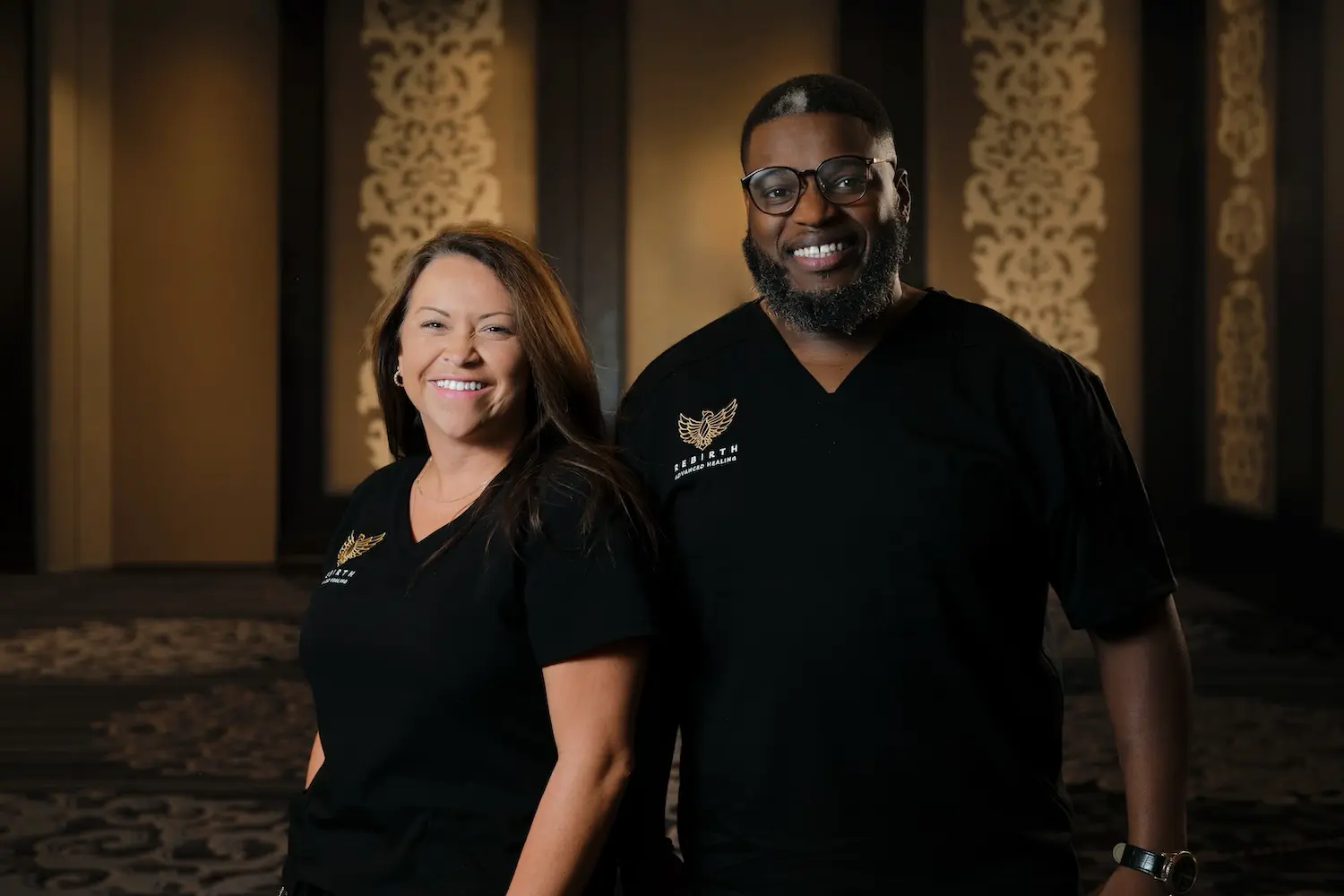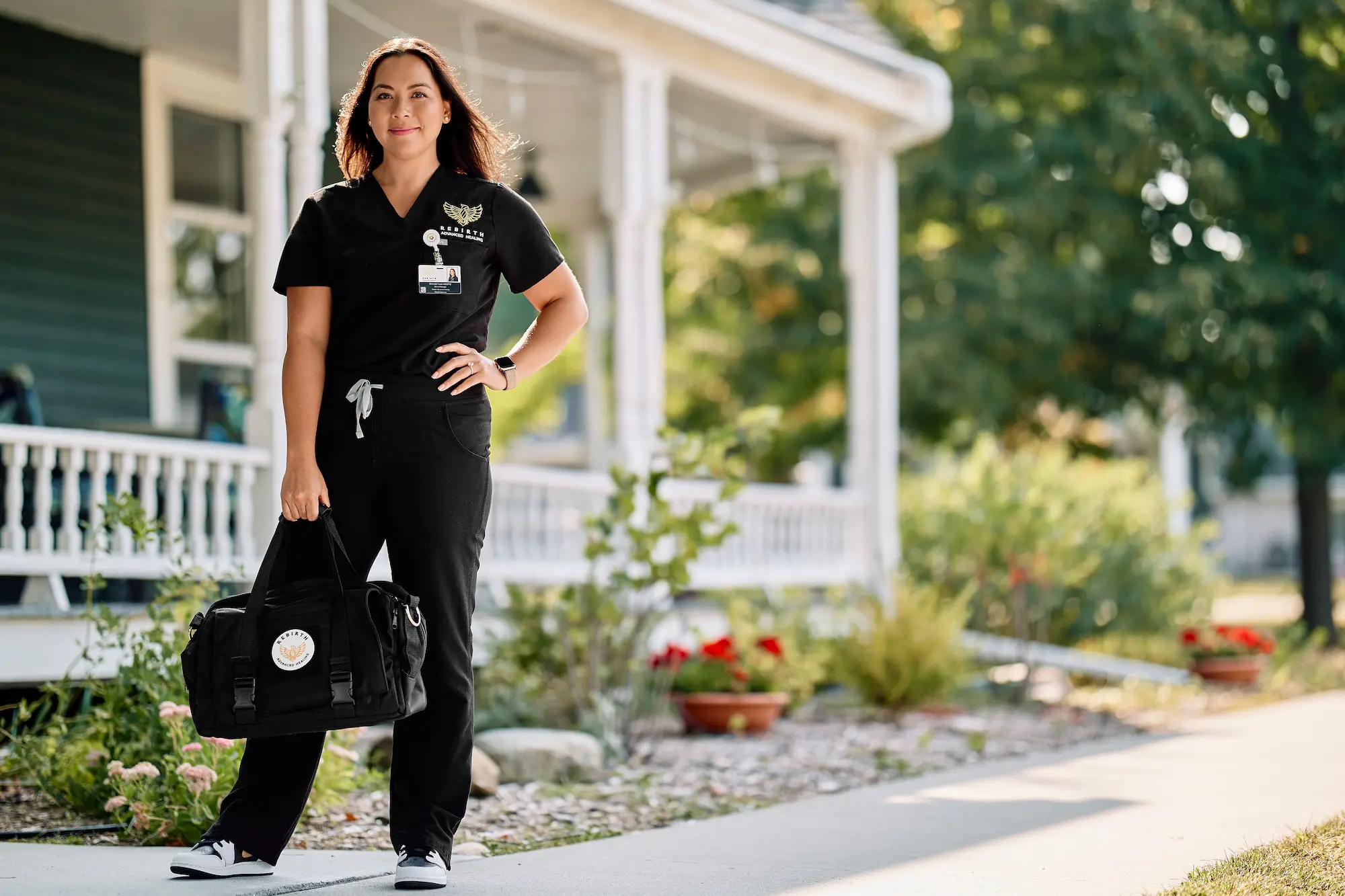
What to Expect: Our Advanced Wound Care Treatment Process
Healing starts with understanding. Treatment comes to you.
Rebirth Advanced Healing helps patients with chronic wounds return to everyday life faster using advanced treatments that promote accelerated healing — all from the comfort of wherever they call home.
Whether it’s a diabetic ulcer or a wound as a result of an injury that won’t close, chronic wounds often translate to pain, limited mobility, and a lingering fear of complications and infections down the road.
We’ve met patients left bedridden, unable to walk, and constantly worried about their next dressing change. That’s not what healing should feel like, and it’s not what you’ll experience with us.
Here’s what you can expect.
Meet Rebirth Advanced Healing
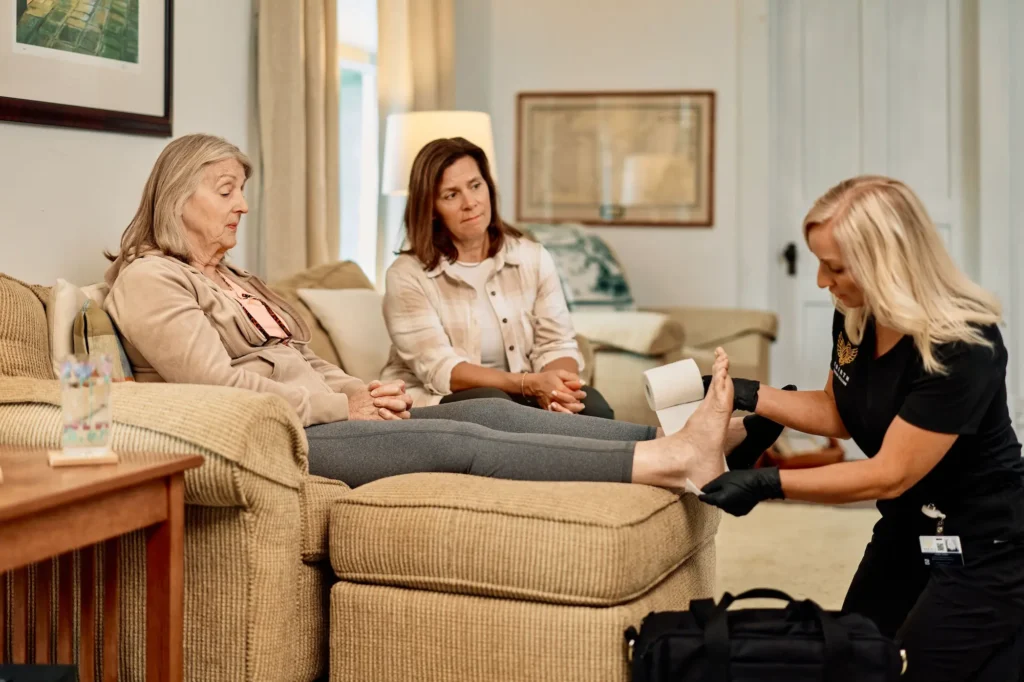
We specialize in hard-to-heal wounds using advanced biologics that promotes faster healing, while following clinical and Medicare guidelines.
Our team of board-certified wound care specialists, nurse practitioners, and physicians personalize each treatment plan, and progress is tracked very closely. Every provider who refers us stays in the loop as we coordinate with existing care plans, keeping all caretakers informed.
Our goal is to educate patients and providers alike on what effective, modern wound care should look like: clear, collaborative, and results-driven.
3 Steps to Start Healing for Patients
- Submit a Referral: Fill out our short form with up-to-date contact information and our team will reach out for an initial consultation. Make sure to have your insurance and/or Medicare information readily available for that call as we’ll begin the verification process at that time. Most patients end up paying nothing out of pocket for treatment.
- Receive Your Personalized Healing Plan: Our team assesses your wound to determine if it’s eligible for treatment. If eligible, they create a customized treatment roadmap that coordinates with your existing care plan, keeping all caregivers in the loop.
- Start Your Healing Journey: Our weekly treatments are tailored to your wound. While we’re allowed up to 10 applications over 12 weeks per wound, our goal is to use only what’s medically necessary. Often by week four, we know if the treatment is working or not. Your healing is what drives our care.
3 Steps for Referral Partners
- Refer Your Patient: Our simple referral process only takes a few minutes to fill out. Our team then reaches out to schedule an initial consultation.
- Coordinate a Healing Plan: No two wounds are alike, so after assessing your patient’s situation, we’ll determine if they’re eligible for treatment and then create a comprehensive care plan that perfectly coordinates with any existing care plans. Our goal is to keep you in the know every step of the way.
- Begin the Healing and Stay Updated: As we work with your patient each week to heal their wound, we’ll give you regular updates on their progress, and assist with any needed documentation.
Discharging Patients: Our patients are discharged after either their wound is healed, or if our medical provider determines advanced treatment isn’t healing the wound, which typically happens around week four of treatment.
Who’s Eligible? Understanding Wound Criteria for Patients and Referrals
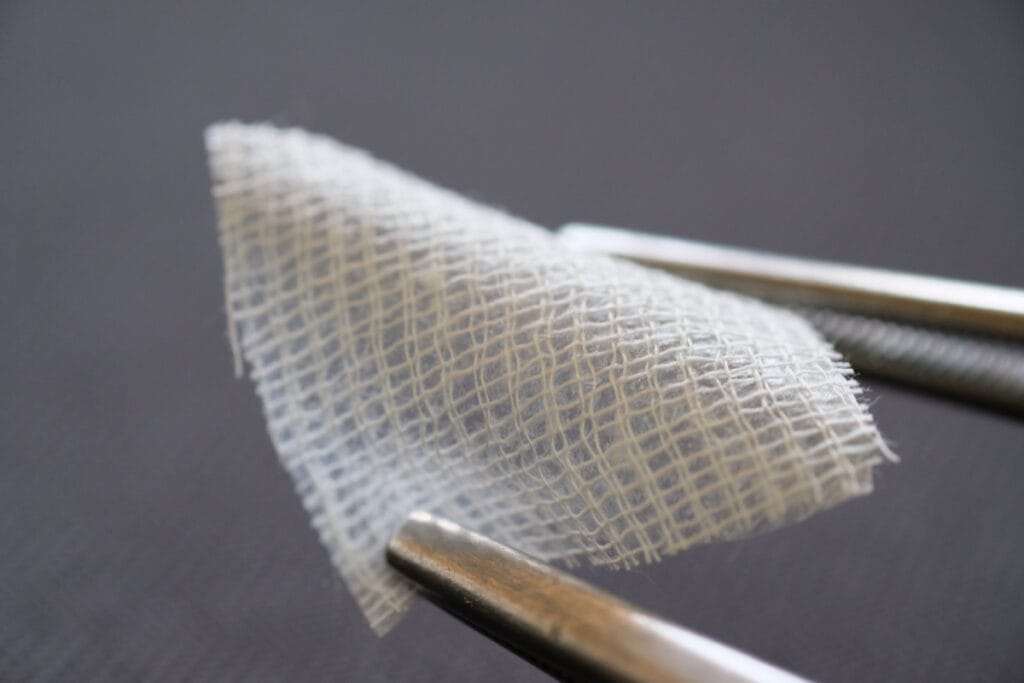
While our advanced treatments promote faster healing, not all wounds are eligible for treatment. Follow these guidelines to determine eligibility. If you have questions, submit a referral form to start a conversation with our team.
Related: When Are Placental Grafts The Right Choice for a Chronic Wound? (blog)
Wounds That May Qualify
- The wound has not healed in 28 days, making it chronic (must be documented from the start)
- The wound shows less than 50% improvement in size or closure over the course of that 28 days
- The wound is larger than 1 square centimeter in size
Situations We Can’t Treat
- Patients undergoing active cancer treatment
- Patients currently in hospice care
- Arterial wounds without a documented vascular work-up
- Patients with osteomyelitis (bone infection)
- Tunneled wounds without a defined endpoint.
What Chronic Wound Healing Looks Like: Before & After Photos
When a patient can walk again without pain, that’s what healing looks like. When they can sleep without worrying about infection, that’s what healing looks like. When they can avoid a hospital visit — that’s what healing looks like.
That’s our ultimate goal.
Here is a before-and-after photo from a recent patient:
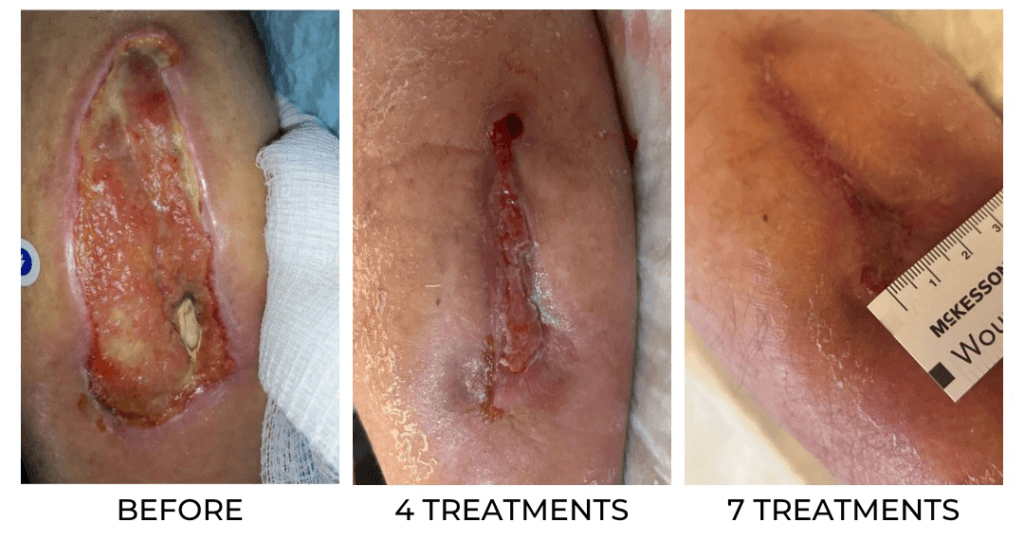
Does Insurance or Medicare Cover Wound Care Treatment?
We take the billing burden off providers so they can focus on what matters most: patient care. We handle the technology, claims, and collections, ensuring everything is done accurately and ethically.
Our wound care supplies are covered by Medicare Part B and some private insurers, which means patients often pay nothing out of pocket.
We work closely with providers to make sure every case is well-documented, fully compliant, and clinically supported by certified wound care specialists. You can count on us for careful, conservative billing, and — most importantly — a process that puts patients first.
